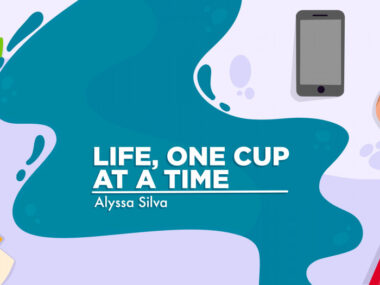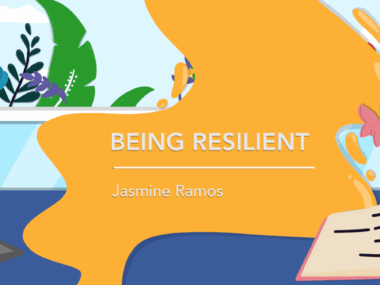Why attitude is important when it comes to accessibility
Making a situation accessible is more about mindset than things
Written by |

“Umm, bunk beds?” My mom and I stopped in our tracks, backpacks and pillows in tow, peering into the room where we were supposed to sleep during a fun and relaxing weekend away. Needless to say, it was not the accessible room we’d hoped for.
A few months prior to this awkward moment, the women’s ministry at my church invited me to be a guest speaker at the annual fall women’s retreat. The planning committee had found a retreat center a couple hours away that seemed ideal. However, it was a new place that none of us had ever actually visited before, so I was a bit hesitant at first. The committee chair noted this and added, “We checked with the staff about accommodations, and they have two accessible rooms, so we’re going to make sure you have one of them.”
After many years of navigating life with SMA, I should have trusted my natural skepticism. But I wanted to go, wanted to be a speaker, and wanted to bond with this beautiful group of ladies, so I agreed and told myself that it would be fine. Later, I did call the campground myself, just to make sure they were aware that I use a power wheelchair, and they assured me that the room and the grounds would suit my needs.
It’s funny (isn’t it?) what people consider “accessible” sometimes. People in the disability community know all too well that accessibility is not a one-size-fits-all package. And while I am aware that certain bunk beds could be called accessible for certain people with disabilities, I am not that kind of person, and these were not those kinds of beds.
I cannot bear weight or assist with transferring myself from one surface to another, so I need a lift or a caregiver to do the job. Either way, to transfer into and out of bed requires plenty of open space above the bed for the lift or caregiver to move, not to mention lowering the risk of bumping my head. Mom and I stared at the two sets of stacked bunk beds in our room, and my mind reeled as it tried to recalculate and reassess how to proceed.
‘We’ll figure it out!’
Our first step was to ask if a maintenance person could detach one set of the bunks for us to have two twins on the floor, and the swift and shocking response was “no.” Really? I squinted up at the frame, clearly identifying the eight screws that held the two beds together, and asked, “Well, then, can we borrow a screwdriver?” Again, the answer was no, because only a staff maintenance person could modify the retreat property.
At this point, the issue wasn’t really about the beds anymore; I was bewildered by the sheer lack of imagination and flexibility that the camp staff apparently had when it came to accommodating their guests. I felt unwelcome and unvalued, and that is what made this experience inaccessible.
Our situation began to draw the attention of the other ladies in our group, who huddled around us with concerned faces. For some of them, the problem was immediately obvious, while others needed us to explain why I couldn’t access a bunk bed. But once they understood, several of them cheerily declared, “We’ll figure it out!”
Before I knew it, this gang of feisty Midwestern women had raided all their own rooms and dragged the spare mattresses off their unoccupied bunks, down the hall, and into our room. A very “Princess and the Pea” scene quickly evolved, as a pile of the thin, vinyl mattresses were stacked up against one wall until they were the same height as my wheelchair seat.
They tucked a sheet around the top layer and arranged my pillows on it, and I blinked away misty tears of gratitude. My friends had made a bed for me! With this very practical and kind act, they showed me that they wanted me to be able to rest well, and they wanted me to be there with them.
I work at a nonprofit organization that is all about “redefining accessibility as a cooperative effort,” and over and over in my life, I get to see this play out. It’s important to realize that accessibility is much more than ramps and wide doorways; it is a mindset and an attitude. A truly accessible world is one in which people look at a problem and say, “We’ll figure it out!” and then they do, together. Accessibility, at its best, is friends who combine their assets — their strengths, creativity, resources, and passions — to make sure everyone is not just included, but also seen, known, and loved.
Note: SMA News Today is strictly a news and information website about the disease. It does not provide medical advice, diagnosis, or treatment. This content is not intended to be a substitute for professional medical advice, diagnosis, or treatment. Always seek the advice of your physician or other qualified health provider with any questions you may have regarding a medical condition. Never disregard professional medical advice or delay in seeking it because of something you have read on this website. The opinions expressed in this column are not those of SMA News Today or its parent company, Bionews, and are intended to spark discussion about issues pertaining to spinal muscular atrophy.








Leave a comment
Fill in the required fields to post. Your email address will not be published.